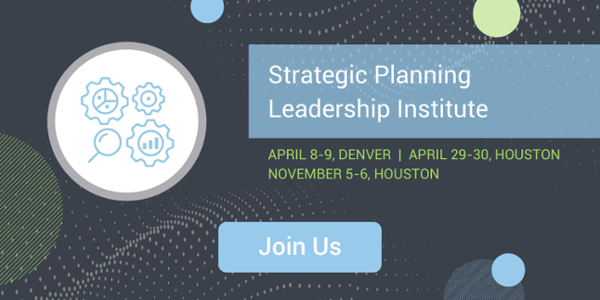So, you’ve completed a round of stakeholder engagement activities. You clarified your ‘why behind engagement’ and have identified a group of stakeholders to target. Maybe you hosted forums, sent out surveys to various stakeholder groups, conducted interviews, and even shadowed students. With the rich data sources at your disposal, you may be wondering – how do I pull trends from my data? How do I elicit feedback and input from my community throughout to ensure I’m making the right data-driven decisions? How do I honor my community’s perspective and my own insider knowledge as I continue to build my strategic plan? Keep reading for a few suggestions on how to do just that.
1. Conduct a current state assessment – what does your district and community believe?
“Show me your data, and I’ll show you what your organization and community believe.” This idea resonates strongly with our company and shapes our approach to data analysis. One practice our company encourages is to conduct a current state assessment using various stakeholder engagement tactics. In a recent partnership with a school district in the Northeast, we used interviews with various district stakeholders, community forums, surveys, and student data to paint a picture of breadth and depth, as well as pull prevailing narratives from different groups.
Deeper Dive: Use our Stakeholder Engagement Guide to identify your stakeholder groups, and learn tactics for making sure all voices are heard.
2. What are the ‘stories’ of our district? To find out: sort, and sort again (and again)
Once our team received the data from these sources, we were understandably overwhelmed. Hundreds of people had attended the forums; surveys and student data contained thousands of data points.
We began by making assumptions based on prior knowledge of the district, early conversations with district leaders, and our access to student achievement data. These assumptions positioned us to make hypotheses about what we’d see in the data and to avoid confirmation bias as we conducted a more thorough review.
After noting our starting assumptions and hypotheses, we triangulated our interview transcripts, survey data, and student achievement data. Doing so allowed us to gather a first round of trend information. One trend which emerged immediately across stakeholder groups was that demographics were changing, people were taking notice, and there was a need to start to consider how it would impact the district’s historically insular and community-focused feel.
With our first round of trends in tow, we started to dig into stakeholder groups to confirm these trends between and within groups – what views on mental health were held by white parents versus parents of colors? How did high school students versus middle schools view the academic rigor of the district? Were parents with younger children versus older children more or less concerned about school safety? How did elementary school teachers view social-emotional learning (SEL) compared to high school teachers? Were there various opinions within individual grade-levels? Did student alumni have valuable perspectives about their high school experiences that differed greatly from current high schoolers?
And just like that, we started to piece together the “stories” of this district. Black and Latino parents noticed a lack of teachers of color and responsive curricular resources. High school students felt challenged academically and desired more robust mental health and wellness supports at schools. Elementary staff desired more professional development to support English-language learners and special education students and were feeling pressure to manage growing class sizes. Various stakeholder groups noticed their district becoming more racially and culturally diverse and sought to more effectively engage across lines of difference.
3. Now that we know what we believe, let’s go back to our community – they help us challenge the narratives of our district.
To challenge these narratives, the Steering Team returned to their community with a simple, yet robust ask: “help us to brainstorm potential solutions for the unmet needs our students, staff, and community members have raised.” Enter what this district called ‘Planning Nights’ – four nights centered on themes generated from their current state assessment. Armed with a data report complete with trends and quotes from stakeholder engagement and hundreds of Post-Its, community members sought to tackle some of the pressing needs of the district.
The result? Well...even more Post-Its...and feedback and input for the Project Team to consider as they continued their ideation of solutions and strategic focus areas for their Plan.
Related Resource: Use these How Might We Statements that the district used during their Planning Nights
4. How do we honor their perspectives and move forward with our plan?
The Project team now had the information they needed to refine their focus area and strategic direction. Community input and feedback gave them fresh ideas and greater insight into not only what to prioritize moving forward, but also into how the community wanted to be engaged. Throughout our work with this district, they continued to involve their community and were intentional about creating strategies and protocols to consistently iterate upon their plan long after the formal planning process ended.
A core aspect of strategic planning - and to ensure a successful outcome to your district's hard work - is to honor the feedback of your stakeholders. We hope this example from our district partner inspires you – and if you are interested in exploring the Education Elements approach to tackling challenges and strategic planning, check out our Strategic Planning Leadership Institute!
More Resources





